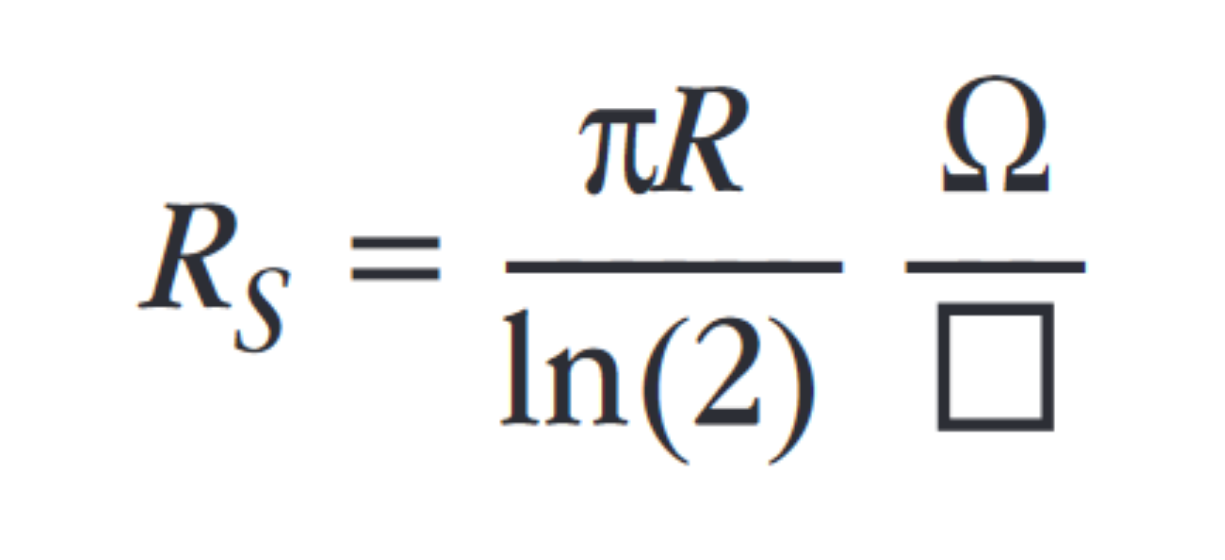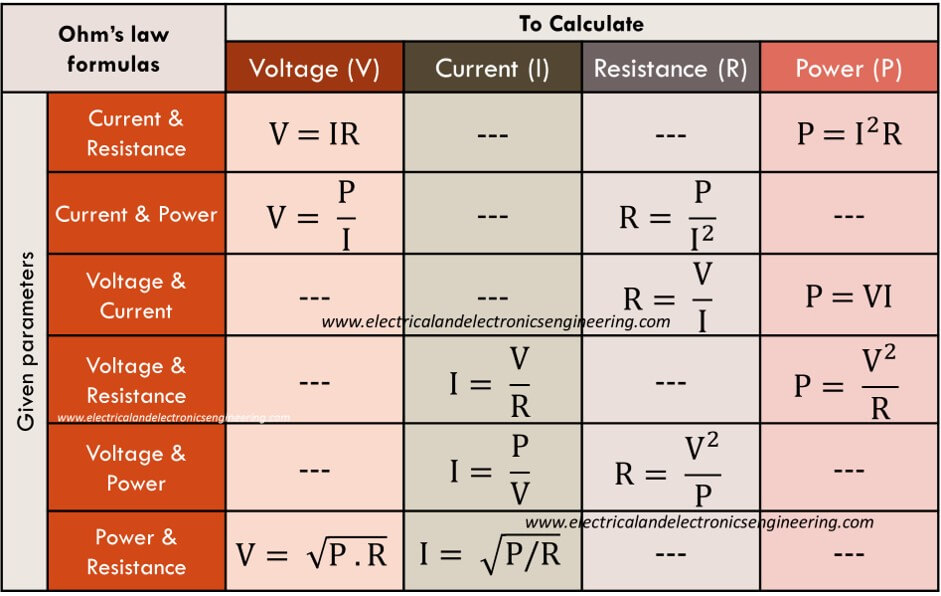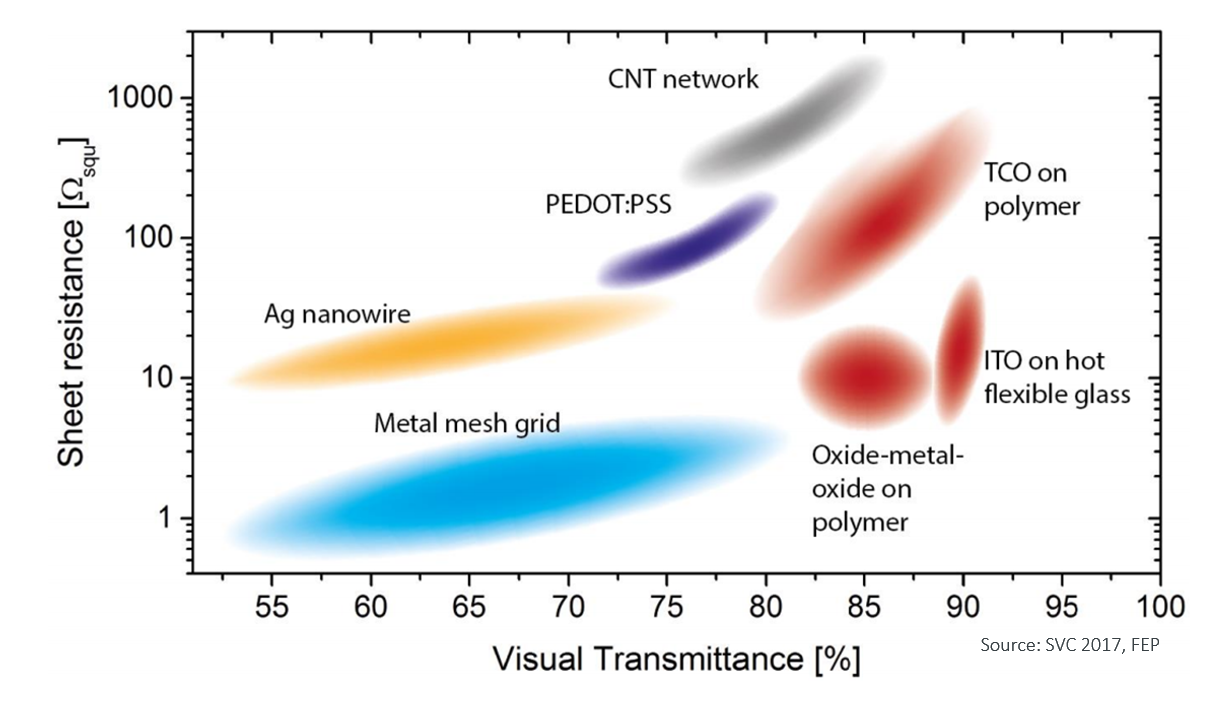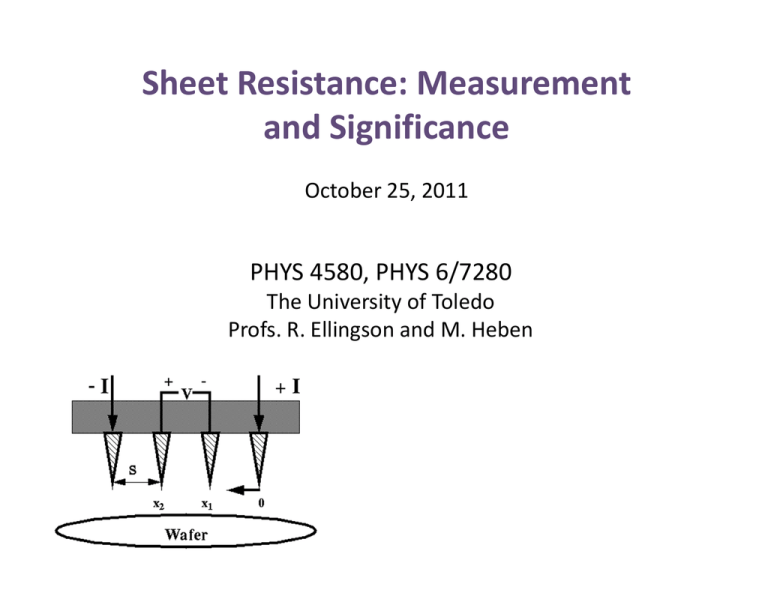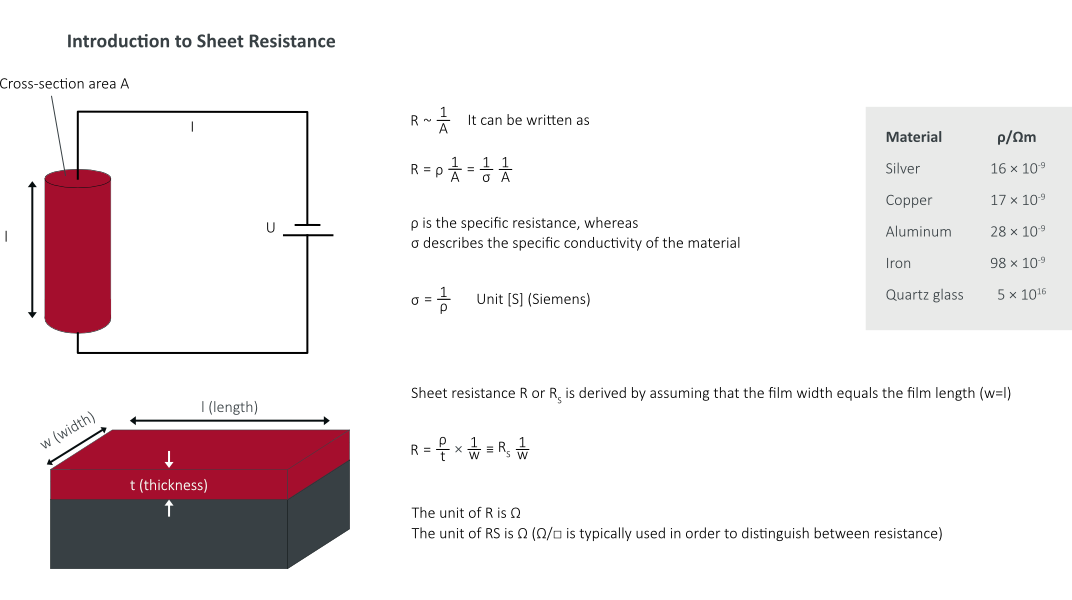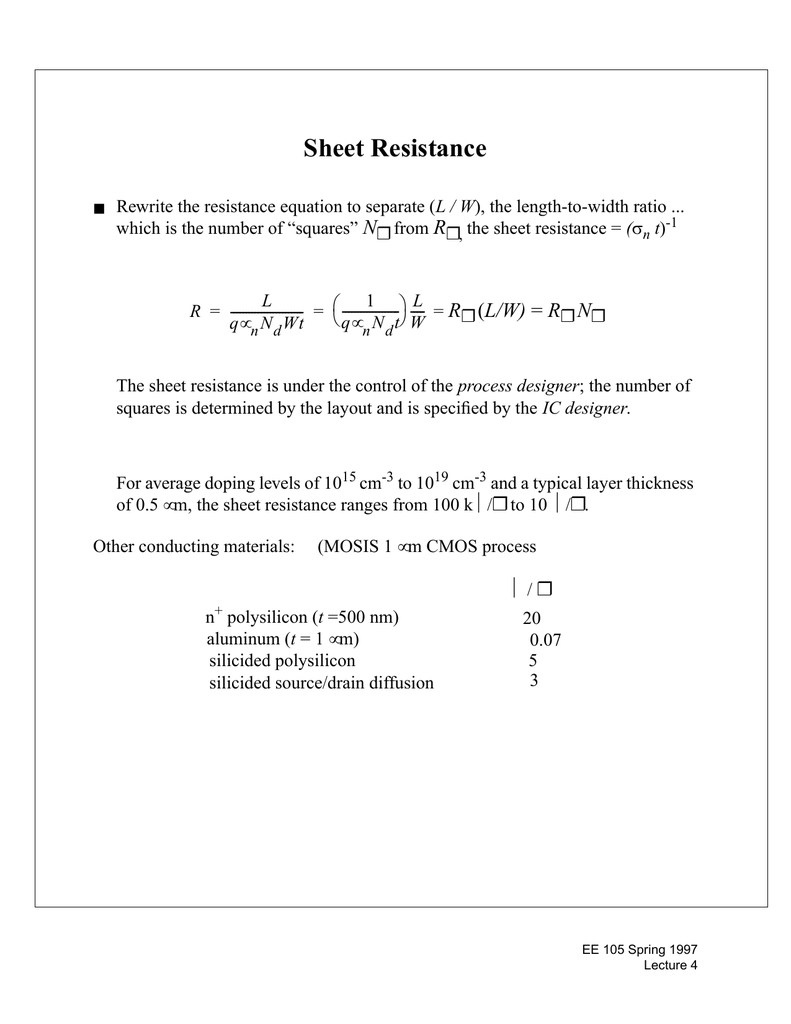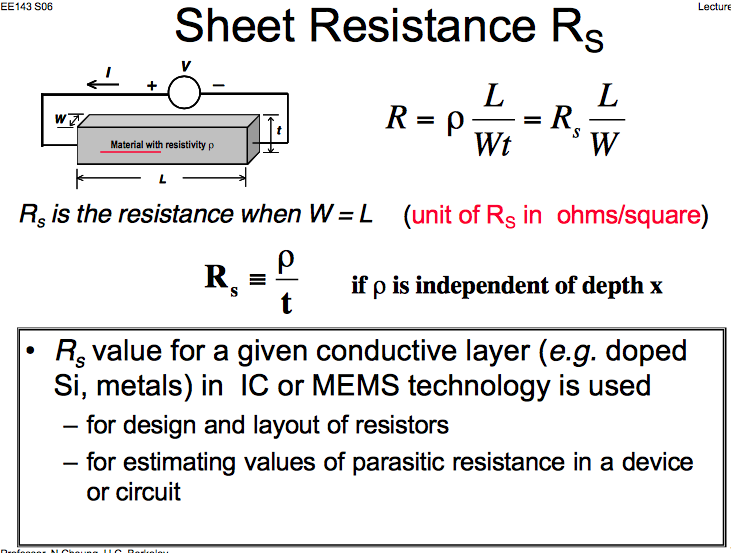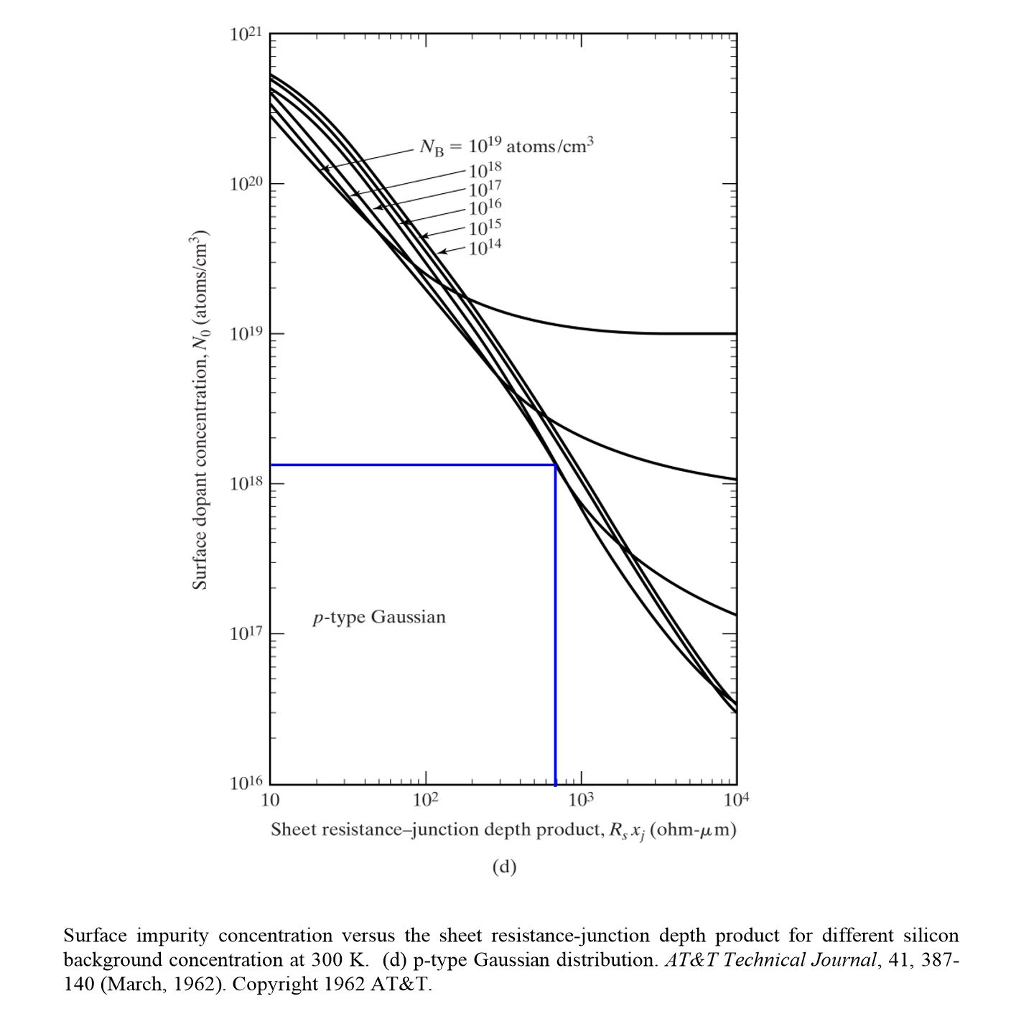Sheet Resistance Equation - Which is the number of “squares” n from r , the. Four point probe based instruments use a long established technique to measure the average resistance of a thin layer or sheet by passing. Current in 1 & out 4 and voltage measured on 2. Frequently you do not know t.
Current in 1 & out 4 and voltage measured on 2. Frequently you do not know t. Four point probe based instruments use a long established technique to measure the average resistance of a thin layer or sheet by passing. Which is the number of “squares” n from r , the.
Frequently you do not know t. Current in 1 & out 4 and voltage measured on 2. Four point probe based instruments use a long established technique to measure the average resistance of a thin layer or sheet by passing. Which is the number of “squares” n from r , the.
Performing van der Pauw Sheet Resistance Measurements Using the
Four point probe based instruments use a long established technique to measure the average resistance of a thin layer or sheet by passing. Frequently you do not know t. Current in 1 & out 4 and voltage measured on 2. Which is the number of “squares” n from r , the.
Power Resistor Voltage Equation Tessshebaylo
Four point probe based instruments use a long established technique to measure the average resistance of a thin layer or sheet by passing. Frequently you do not know t. Current in 1 & out 4 and voltage measured on 2. Which is the number of “squares” n from r , the.
Variation of sheet resistance of NiSiGeC vs different RTA temperatures
Frequently you do not know t. Which is the number of “squares” n from r , the. Current in 1 & out 4 and voltage measured on 2. Four point probe based instruments use a long established technique to measure the average resistance of a thin layer or sheet by passing.
SURAGUS Information on Sheet Resistance Measurement
Frequently you do not know t. Four point probe based instruments use a long established technique to measure the average resistance of a thin layer or sheet by passing. Which is the number of “squares” n from r , the. Current in 1 & out 4 and voltage measured on 2.
Sheet Resistance Measurement and Significance
Which is the number of “squares” n from r , the. Four point probe based instruments use a long established technique to measure the average resistance of a thin layer or sheet by passing. Current in 1 & out 4 and voltage measured on 2. Frequently you do not know t.
(a) Average sheet resistance values of FLG transferred on SiO 2. The
Current in 1 & out 4 and voltage measured on 2. Four point probe based instruments use a long established technique to measure the average resistance of a thin layer or sheet by passing. Frequently you do not know t. Which is the number of “squares” n from r , the.
SURAGUS Information on Sheet Resistance Measurement
Four point probe based instruments use a long established technique to measure the average resistance of a thin layer or sheet by passing. Frequently you do not know t. Current in 1 & out 4 and voltage measured on 2. Which is the number of “squares” n from r , the.
Sheet Resistance
Current in 1 & out 4 and voltage measured on 2. Four point probe based instruments use a long established technique to measure the average resistance of a thin layer or sheet by passing. Which is the number of “squares” n from r , the. Frequently you do not know t.
EE143 S06 Lecture Sheet Resistance Rs R p WIt
Four point probe based instruments use a long established technique to measure the average resistance of a thin layer or sheet by passing. Current in 1 & out 4 and voltage measured on 2. Which is the number of “squares” n from r , the. Frequently you do not know t.
1. Sheet Resistance In extrinsic material, the sheet
Current in 1 & out 4 and voltage measured on 2. Which is the number of “squares” n from r , the. Frequently you do not know t. Four point probe based instruments use a long established technique to measure the average resistance of a thin layer or sheet by passing.
Four Point Probe Based Instruments Use A Long Established Technique To Measure The Average Resistance Of A Thin Layer Or Sheet By Passing.
Frequently you do not know t. Which is the number of “squares” n from r , the. Current in 1 & out 4 and voltage measured on 2.
